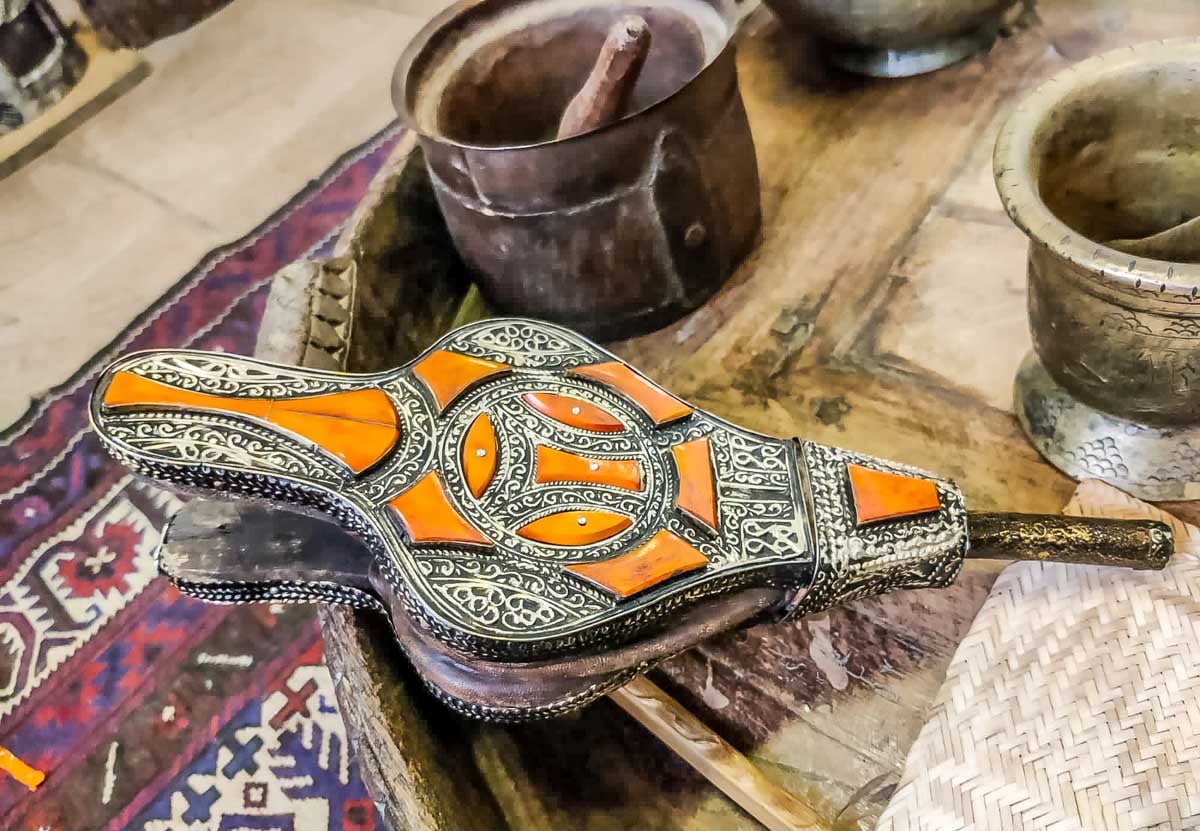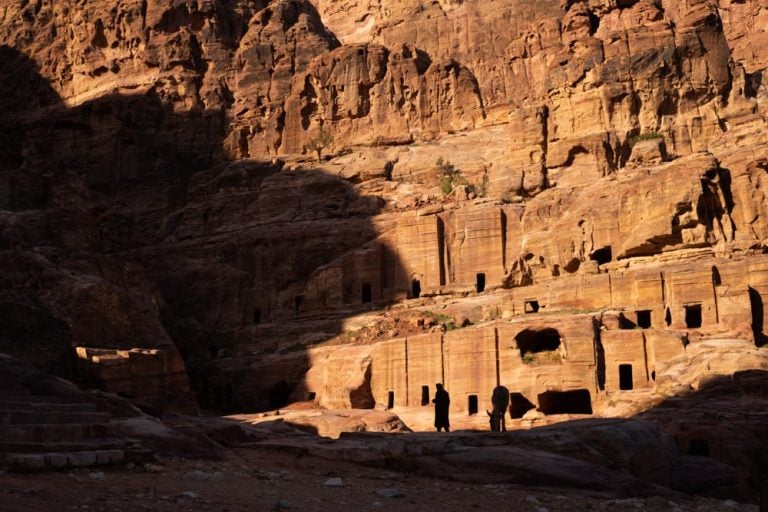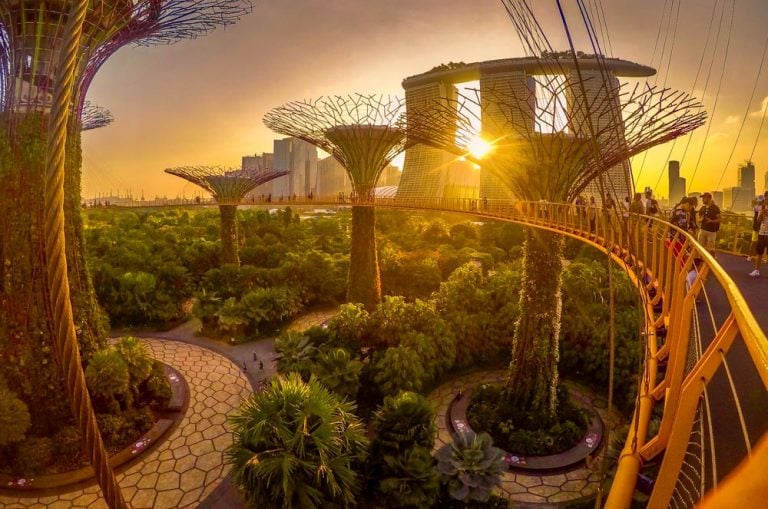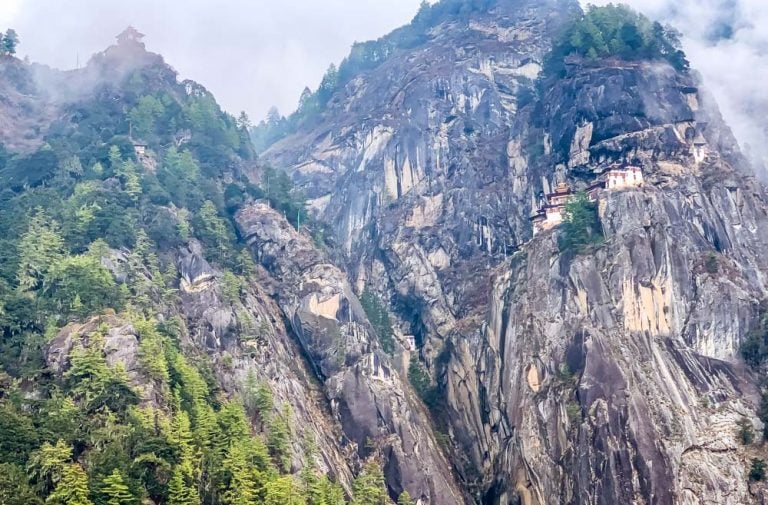While visiting Dubai with my friends we discovered a fascinating coffee museum. I had just 10 days to pack in as much as possible in Dubai and one of the highlights was, without a doubt, our time at the museum.
Being coffee lovers, and having a passion for brewing a great pot of coffee, it was a pleasure to find out more about this mysterious bean’s history.
The coffee museum is in one of Dubai’s heritage hubs, Al Fahidi in Bur, Dubai. On display there’s an extensive range of antique coffee making and preparation items that bring to life coffee making history in Dubai and internationally. We found the antiques exhibits extremely engaging.
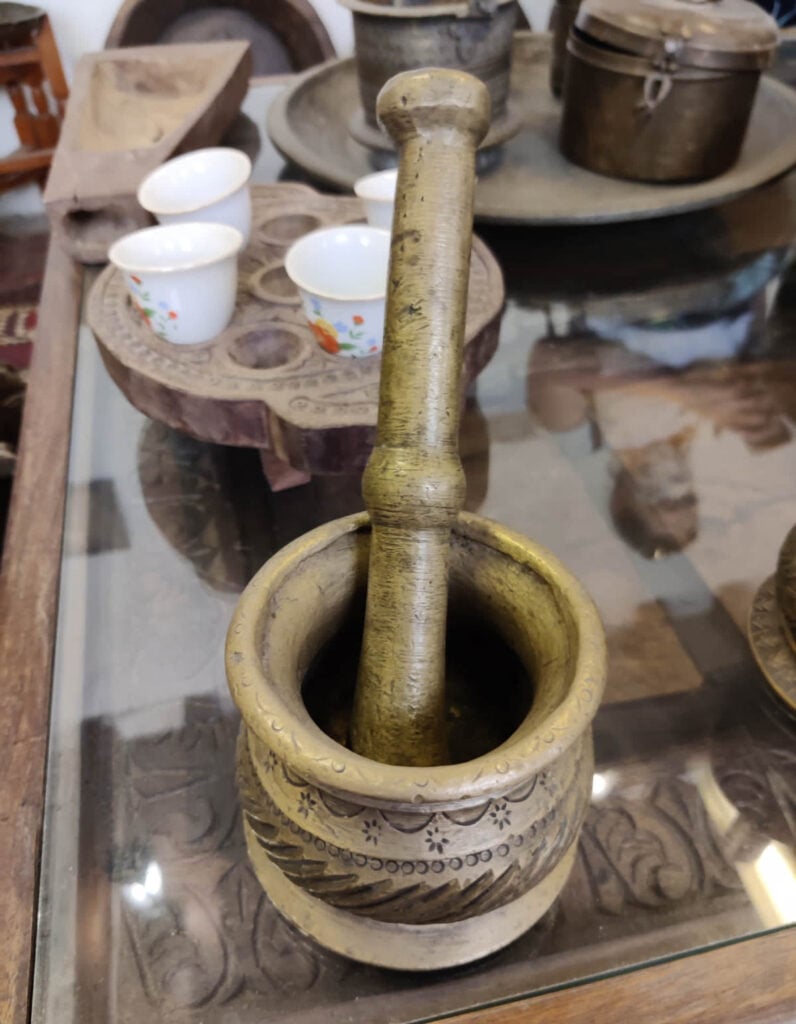
Café
The museum has a wonderful little café where you can learn more about coffee making cultures from around the world, different styles and flavours of coffee from countries such as Arabia, Ethiopia, Japan and more.
It’s way more than your average café. It educates as much as the coffee flavours delight the taste buds. It is such an inspirational experience, especially for the coffee connoisseur or for those who want to discover a world of coffee.
My friends and I thoroughly enjoyed our coffee tasting experience and the knowledge we learnt was inspiring.
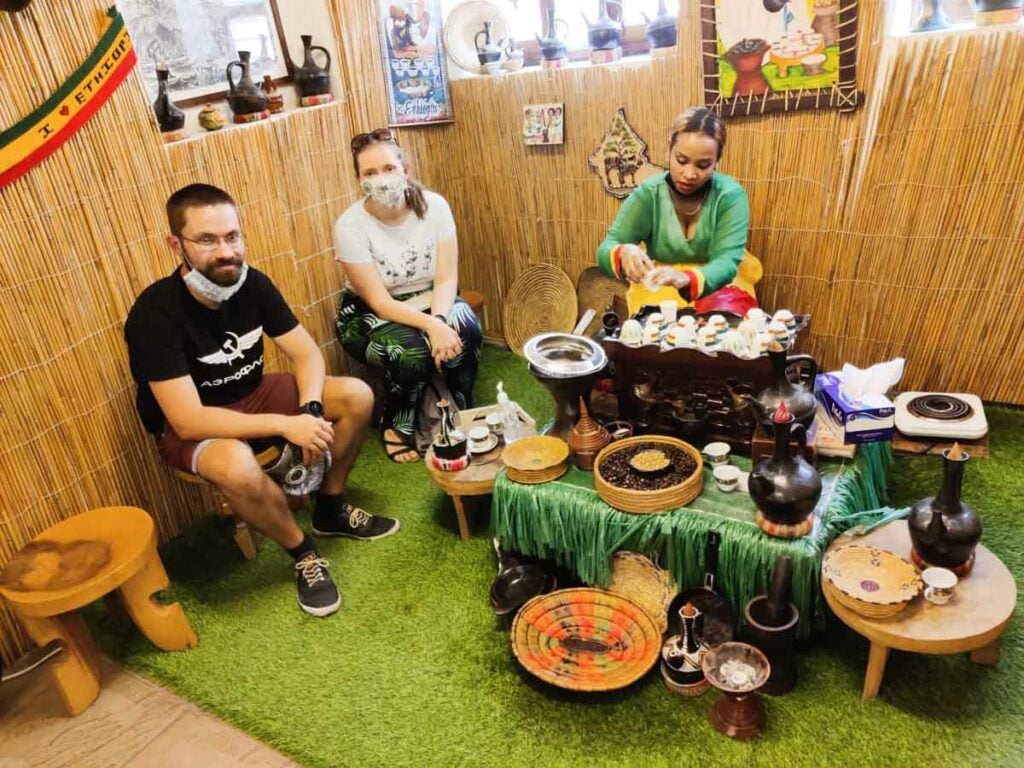
History
Coffee history goes back hundreds of years and it’s believed to have origins in Ethiopia. In fact there are many stories of the birth place of coffee being linked to the Kaffa region from over a thousand years ago and the ancient coffee forests on the Ethiopian plateau.
The story begins with a goat herder who discovered his goats had become quite alert and lively after eating some red berries so much so that they wouldn’t sleep at night.
The goat herder told the abbot at the local monastery about his experience and he made a drink using the berries. He too found that they allowed him to stay more alert throughout the long hours of evening prayer.
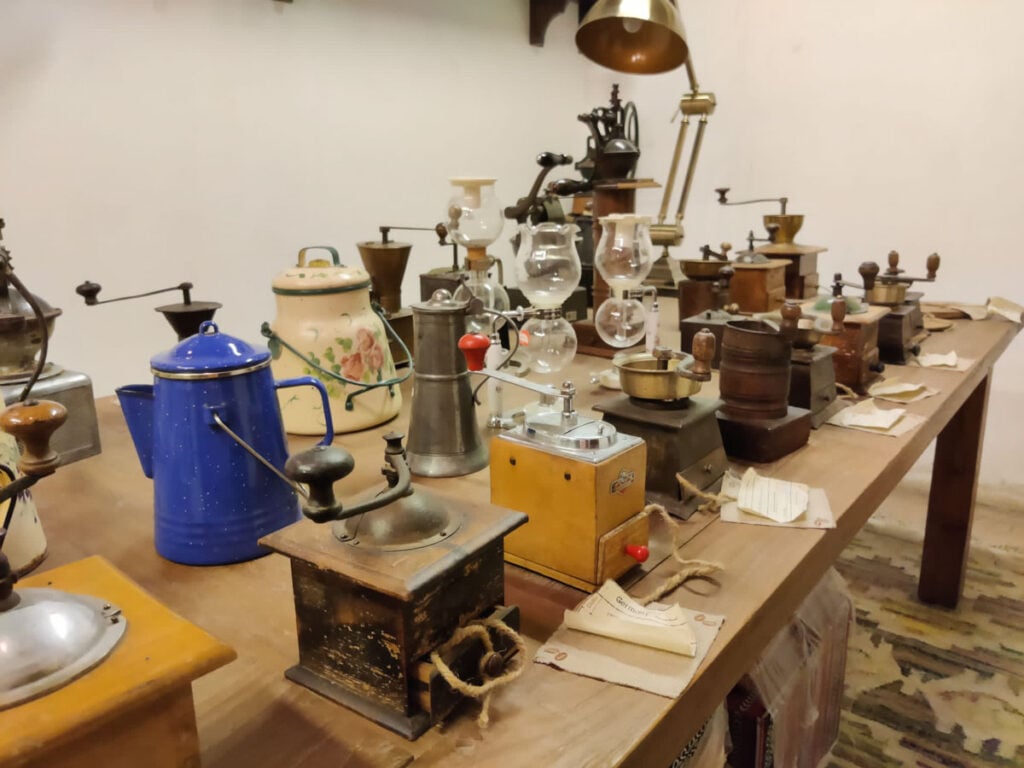
Soon after, the other monks were told of the wonderful drink that helped the abbot stay alert and focused, soon the story spread.
Word reached across the globe eastwards to the Arabian peninsula and there it was cultivated. By the 15th century, coffee was being grown in the Yemeni region.
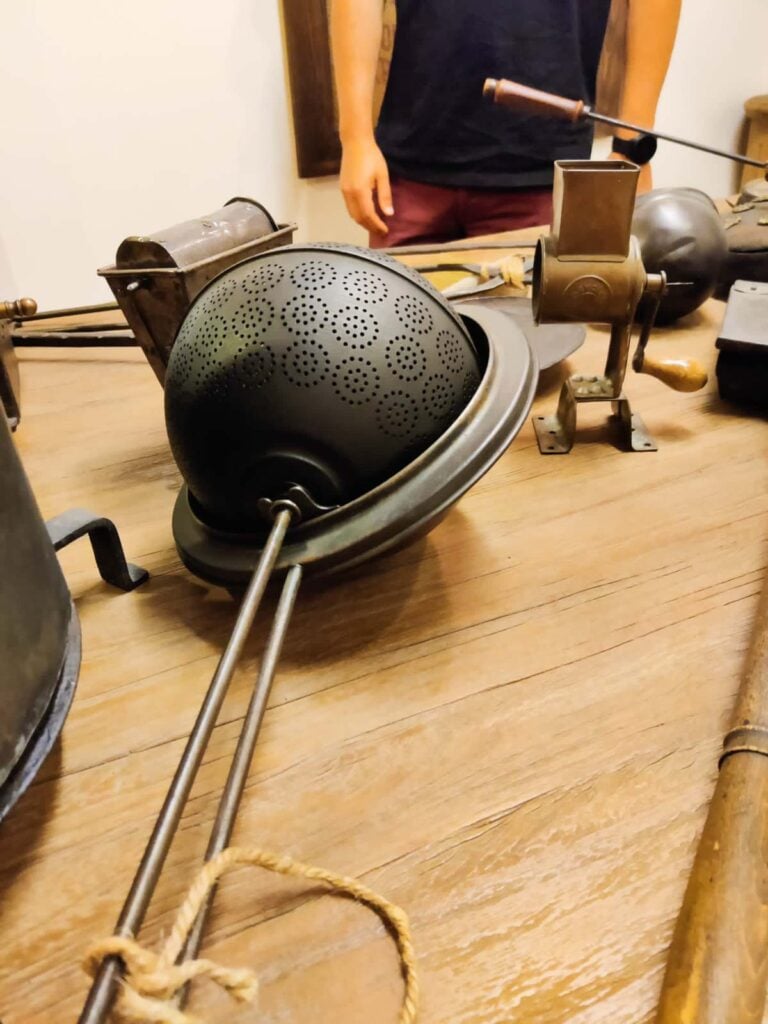

By the 16th century coffee was known of in Egypt, Persia, Syria, and Turkey, too. Not only did coffee become a popular drink in homes, but was also quickly becoming widespread in public coffee houses, called qahveh khaneh, which began to emerge in cities across the Near East.
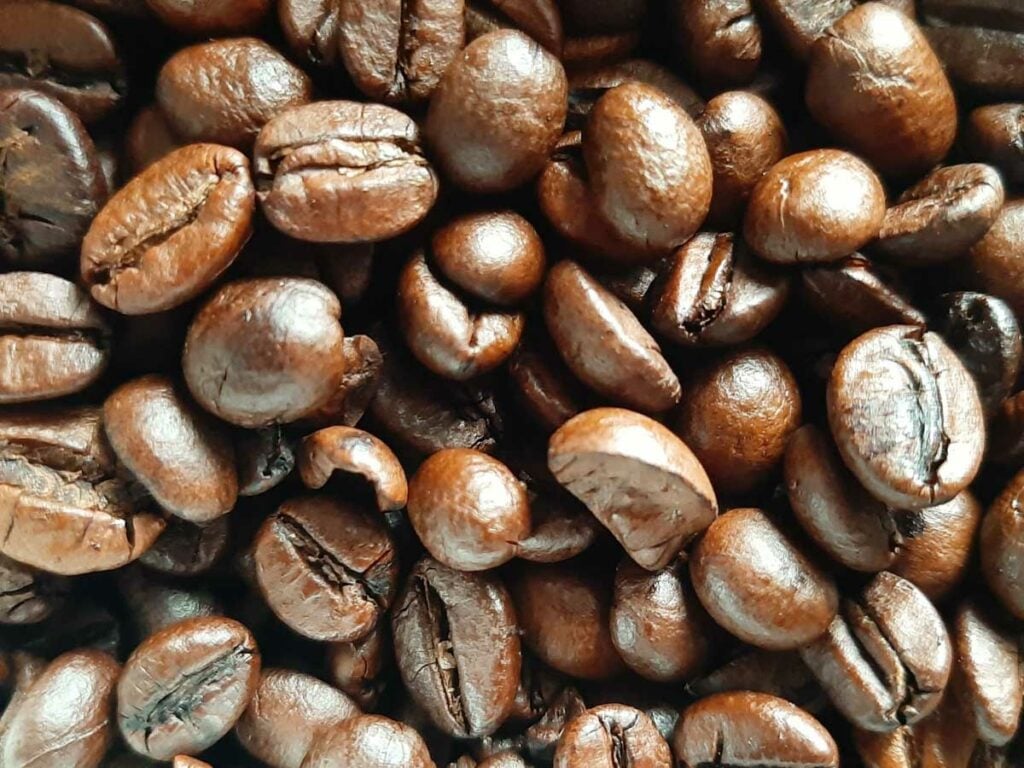
The rest of the coffee bean story branches out to the variety of beans eventually growing throughout the world that we now drink every day in our homes and cafés.
Types of Coffee Beans
There are, in general terms, in the modern-day world 4 main types of coffee beans. The most popular, or at least generally available, are the Arabica and Robusta. These are found more easily than the other 2, Liberica and Excelsa.
Arabica beans (Coffea Arabica) makeup on average about 60 percent of the world’s coffee consumption. This variety of bean is harder to grow. Arabica beans need extra shade, water, and high altitude to grow properly and, on top of that, are also quite susceptible to diseases. They have to be grown at an altitude of at least 2000 feet.
These beans are still highly regarded for their quality of flavour: a more smooth, complex flavour with a distinct lack of bitterness. The demand for these beans combined with the complexity of growing them commands a larger price especially when buying single origin products.
Robusta beans (Coffea Caniphora) are the second most popular bean and have its origin in Sub-Saharan Africa while it is grown primarily in Africa and Indonesia.
This type is also popular in Vietnam, and the price is far less than the Arabica. As a result, it is sometimes blended into less expensive coffee varieties and makes it easier to buy for home roasting.
This variety can be easier to grow because it doesn’t need to be grown at such high altitudes and is generally better at resisting disease.
The flavour is not as complex and has a more harsh, bitter taste with a burnt finish. However, it does contain more caffeine.
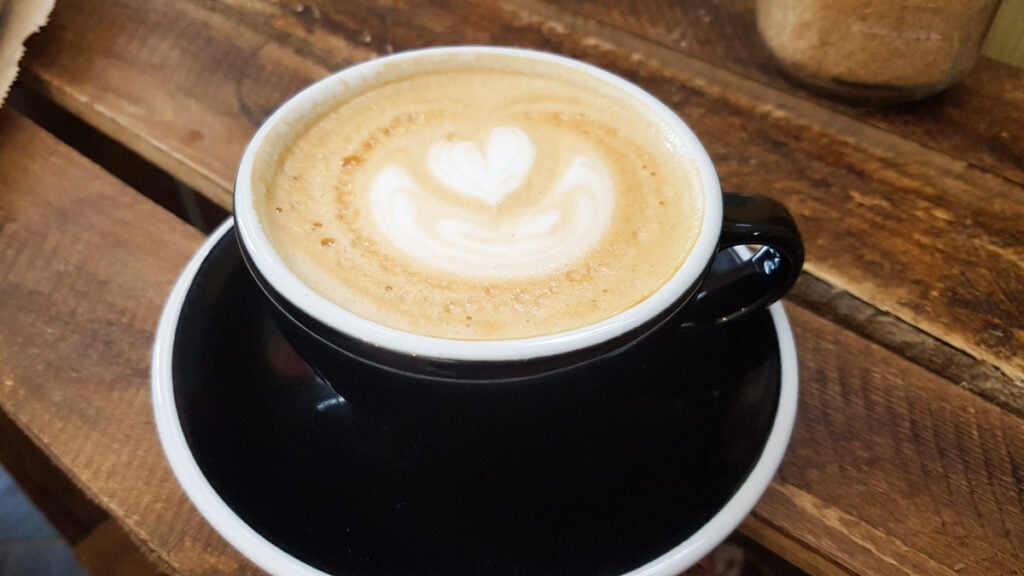
Liberica beans (Coffea Liberica) are native to Central and West Africa. Especially Liberia which is obvious due to the name. It’s often used in coffee blends for its complex piquant floral aroma, and bold smoky flavours.
Another hardy variety of bean which can grow at lower altitudes and is now produced mainly in Indonesia, Malaysia, and in the Philippines, this type of bean makes up roughly 2 percent of the world’s coffee supply. Over 95 percent of the Malaysian coffee yield is Liberica beans.
Excelsa coffee beans (Coffea Excelsa) grow almost exclusively in South Eastern Asia. Once thought of as a separate coffee species, scientists recently reclassified it as a Liberica variant. They are considered a lighter roast, a little less caffeine, complex with fruity notes and depth of flavour.
They are not so easily found as the other types and hardly sold outside Asia.
Personal Experience in the Museum
During our time at the museum, my friend and his wife had an inspiring and fun journey with me through the history of coffee and enjoyed the flavours of the beans presented to us.
We all found the experience a really friendly one, and together we’ve learnt a lot about the beans and the vast array of equipment used by coffee makers through the ages and across the globe.

Gifts
The gift shop is an excellent opportunity to buy a wide range of coffee beans, including fresh ground Arabic, medium, Turkish, and even decaffeinated coffee and more.
There is an amazing range of quality equipment such as a variety of grinders and coffee makers, syphons, tampers, drippers, Ibriks. They stock latte art pens and milk jugs too.
Books on the shelves are on many subjects linked to coffee, from the history of of the bean, to recipes and home roasting.
Then there’s the gift range for those who love charms and jewellery, earrings and rings in the shape of beans, coffee pots and such.
Location and Visiting
Visiting the coffee museum is possible if walking through the historical area, by bus, metro, or by car and even water bus or water taxi. It is open every day of the week except for Fridays.
Location of the Coffee Museum is:
Al Fahidi Historical Neighbourhood, Villa 44
GPS Co-ordinates: Lat N 25 15 48. 5, Lng E 55 18 02. 7

